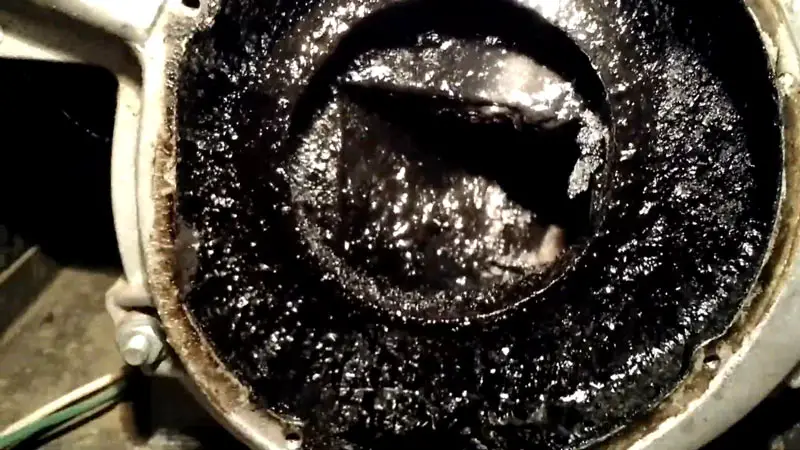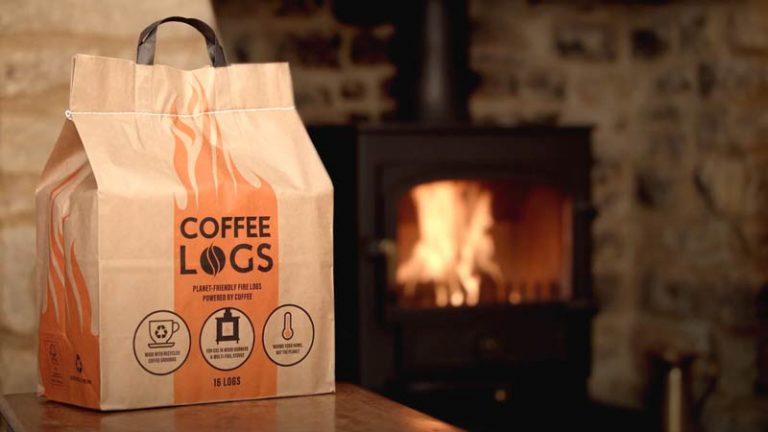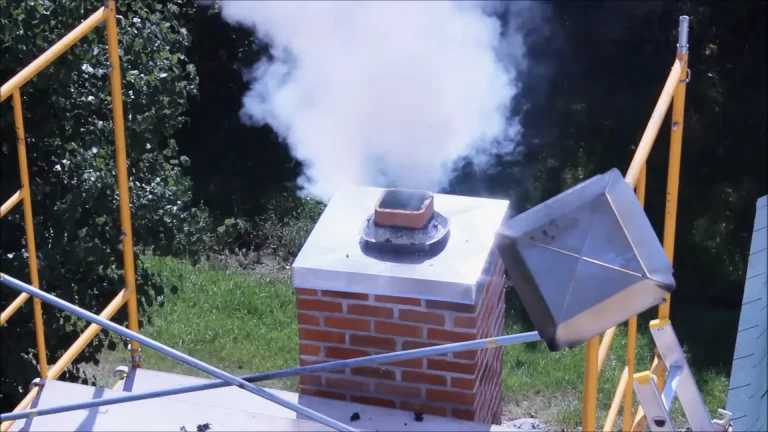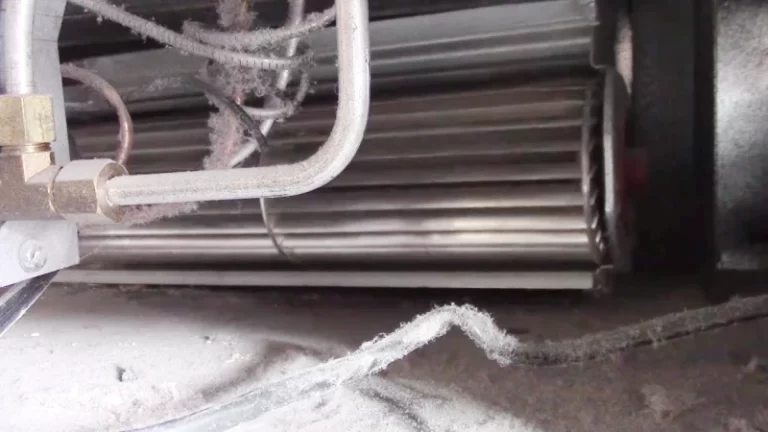Is There Anything That Will Dissolve Creosote

If you have a property that has been impacted by creosote, it is important to take steps to clean the substance off your land as soon as possible. There are many ways to remove creosote from various surfaces – bleach and industrial cleaners are two of the more common options.
Be sure to consult with professionals if you need help removing creosote from an area that is particularly difficult or hazardous. Creosote poisoning can be quite serious and should not be taken lightly. Always contact a professional before beginning any cleaning project on your property.
You'll Learn About
Is There Anything That Will Dissolve Creosote?
Follow these tips to clean creosote off your property: using bleach, industrial cleaners, or a combination of the two. Make sure to use caution when cleaning with chemicals as they can be dangerous if not used correctly.
Be aware that creosote may accumulate over time and must be cleaned regularly in order to avoid health hazards. Cleaning up Creosote is important for your safety and the environment- make sure you follow these steps carefully.
Cleaning Creosote Off Your Property
Creosote is a byproduct of oil and gas production. The compound can be found on the exterior of homes that were built near active oil or gas wells, or in neighborhoods with high levels of pollution from these industries.
There are several ways to remove creosote from your property- but all require time, patience, and elbow grease. You may try boiling water and using a scrub brush to loosen the coating; you could also use a degreaser such as acetone or lacquer thinner.
If all else fails, call an experienced professional to take care of the job for you.
Using Bleach To Remove Creosote
If you have creosote on your roof, it’s important to remove it as soon as possible to avoid further damage and potential restoration costs. There are several ways to do this, but the most effective is probably bleach.
Make sure that you use a dilute solution and wear protective gear when working with bleach; improper usage can lead to chemical burns or even blindness. Follow the instructions carefully and don’t try any of these methods if there’s an emergency – call a professional instead.
Be patient – removal will take time, but eventually, Creosote won’t be a problem anymore.
Using Industrial Cleaners To Remove Creosote
Creosote is a material that can be difficult to remove from surfaces. There are industrial cleaners available that can dissolve creosote and other materials on the surface.
The cleaner will work best if it’s applied in an area with good ventilation and left to do its job for a period of time. Be sure to use caution when using these cleaners as they may produce toxic fumes during the process.
Always read the product label before using them and follow all instructions carefully.
What will dissolve creosote?
Creosote is a tar that forms on wood when it’s exposed to the elements. It can be a problem if left untreated, as it can form creosote deposits and cause damage to your home or property.
Fortunately, there are many items that will dissolve creosote, including water, salt, and acids. There are a few different ways to clean creosote from your home. One way is to use vinegar.
Vinegar helps break down the molecules that makeup creosote, which then makes it easier for cleaners to dissolve and remove it. You can also use salt water to dissolve the compound. Finally, you can try using chemical cleaners specifically designed for cleaning off creosote deposits.
Does vinegar remove creosote?
Yes, vinegar can remove creosote from a wood surface. Creosote is a type of tar that forms on wood when it’s exposed to the elements and fuel. Vinegar has a strong acidity which helps break down the molecules in the creosote, freeing up the oil and gas that make it harmful.
- Vinegar can be used to clean chimneys, remove creosote, ash, and soot from the exterior surface of your car, and clean stubborn dirt and stains.
- To use vinegar as a cleaner for your car, mix two parts of water with one part of white vinegar. Add a squirt of dish soap for extra sudsing power.
- Wipe down the exterior surface of your car with a rag dampened in this solution before washing it off with fresh water. Be sure to apply pressure when wiping down areas that are especially dirty or greasy to help loosen up any stuck debris.
- If you notice that there is an accumulation of creosote on surfaces inside or outside your vehicle, try using this cleaning solution:
- Pour two parts of water into one part of white vinegar and spray it onto the affected area using a garden hose fitted with a nozzle.
- Soak up all the moisture with a cloth before rinsing away.
- Finally, if you still see signs of buildup after following these steps you may need to have your vehicle repaired by an expert.
How do you make creosote remover?
Creosote is created when oil and wood smoke mix together over time. To remove creosote, start with soap and hot water washing the facade with a stone, glass, or metal surface to buff until it shines.
Cleaning until the facade is free from creosote will require some elbow grease- but it’s well worth the effort. Be careful not to damage your facade while cleaning; use a soft cloth and be gentle when buffing or scrubbing away at any built-up residue.
Finally, keep your home looking its best by regularly cleaning all of its exterior surfaces: windows, doors, siding, etc…
What will eat creosote?
Creosote is a toxic tree-ring wood byproduct that can be harmful to mammals, birds, and other animals that consume it. The only known mammal to eat creosote is jackrabbits.
Desert woodrats and kangaroo rats depend on creosote for their diet, as do the animal species that feed off of creosote bushes – they chew it up before swallowing which reduces the chance of poisoning from consuming large amounts.
When jackrabbits consume large quantities of creosote they may vomit or get diarrhea as a result, but fortunately, this doesn’t happen often because they’re the only known mammal to do so. When looking for food sources away from your home, make sure you know what kinds of animals live in the area – some might not be edible or safe to have around if consumed.
Does burning aluminum cans remove creosote?
Burning aluminum cans to remove creosote may not be the most environmentally friendly option, but it is one way to try and get rid of the sticky substance.
Creosote is a byproduct of burning wood or other types of fuel, and it can accumulate on surfaces in your home. Burning aluminum cans will release the gas that causes creosote to form, so you may be able to reduce its level somewhat this way.
There is no evidence that burning aluminum cans removes creosote.
Burning aluminum cans does not create a spark that will ignite the creosote, and therefore it has no effect on removing this harmful chemical from your chimney. To clean your chimney of any accumulated creosote, use proper brushes to avoid scratching the surface. If you have a gas fireplace or wood-burning stove, make sure it is properly maintained so that it does not produce excessive levels of Creosote emissions.
Finally, keep leaves and other objects away from your chimney to prevent them from getting stuck in the flue and blocking airflow.
How do you remove Stage 2 creosote?
If you have creosote build-up on your car’s engine, you may want to try removing it using a steam cleaner or pressure washer. You can also use a degreaser or acid wash to remove the grease and dirt.
Creosote Buildup on Chimney
If the creosote is built up fast on the chimney, you can use a rotary loop tool to remove it. This type of tool has a spinning drum that removes the creosote from the surface.
Drill Used for Removal
If drilling is needed to remove creosote, make sure to use a drill with the correct bit size and RPMs so as not to damage your chimney or other property.
A high-speed drill may be necessary if there are large chunks of creosote that need to be removed quickly.
Use of Proper Cleaning Products
After removing the creosote, it’s important to clean the area using proper cleaning products in order for any future damages caused by creosote will not to occur again.
How do you clean up a creosote spill?
If you have a creosote spill, follow these steps to clean it up:
- Use white spirit to drench the concrete and scrub it as soon as it spills
- Clean the area with an absorbent surface such as paper towels
- Wait until the stain has dried before attempting to remove it with any type of cleaner
- If cleaning the area yourself is not an option, call a professional
Does creosote remover really work?
Sweeping chimney logs or creosote sweepings won’t clean out the fireplace flue – a chimney sweeper is better suited for this task. Use a professional service to remove creosote residue from your fireplace – even using a water sprinkler and wet rag can help get rid of it.
You can still get rid of creosote residue by using a water sprayer and wet rag, but be sure to call in an expert if needed.
To Recap
There are a few things that can dissolve creosote, but they won’t work very well. One option is to pour hydrogen peroxide onto the creosote, but it will only break down the oil and not the wood.
Another option is to use sodium bicarbonate, which will help neutralize the acidity in the creosote and make it easier for bacteria to consume. Finally, you can try using a commercial cleaner specifically designed to deal with Creosote or Pine Tar problems.




